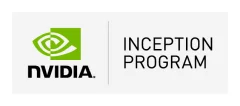Agriculture Industry
Computer vision technologies have enormous potential to revolutionize agriculture, from improving crop yields to reducing costs and increasing efficiency. As these technologies continue to develop and improve, we will likely see more and more applications of AI and computer vision in agriculture in the coming years.
Reduce Cost by 85%
Allow AI to propel your growth
Improve Efficiency by 85%
Navan ai for Agriculture Industry

Ripe/Unripe fruits and vegetables
The ability of the technology to analyze images of products and identify key features that distinguish ripe from unripe produce. This could include changes in color, texture, size, shape, and firmness that occur as the produce ripens.
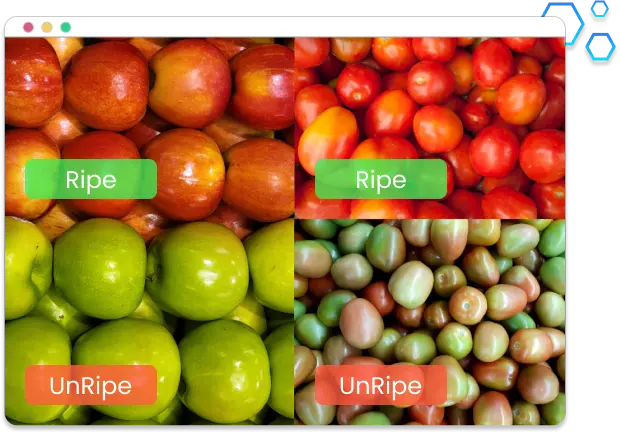
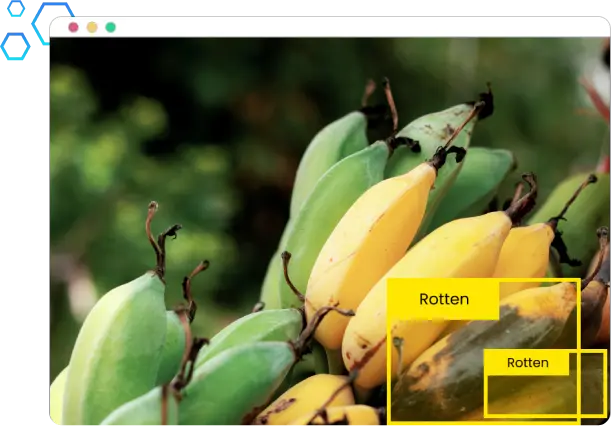

Rotten fruits and vegetables
Computer vision technology can be used to identify rotten fruits and vegetables, enabling farmers and retailers to reduce waste and improve the quality of their produce.

Lumpy Skin classification
Lumpy skin disease (LSD) is a viral disease that affects cattle and causes skin nodules, fever, and decreased milk production, leading to significant economic losses in the agricultural industry. Lumpy skin classification using computer vision is an important application that aims to automatically detect and classify the presence of LSD in cattle.

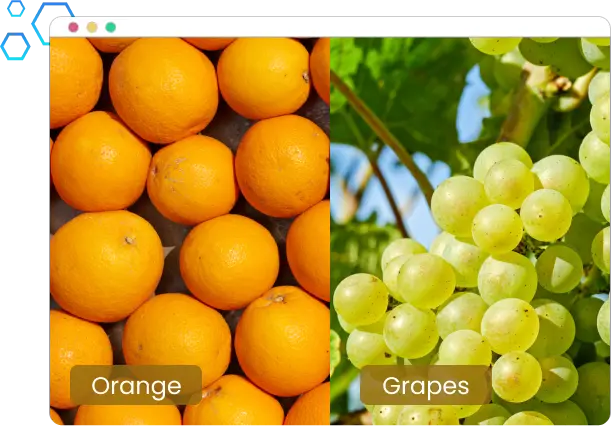

Fruits classification
Fruit classification using computer vision is an important application that aims to automatically identify and classify different types of fruits in images or videos. This technology has numerous practical applications, such as in agriculture, food processing, and inventory management.

Tree detection and counting
Computer vision can be used to detect and count trees in large-scale agricultural and forestry settings. By analyzing aerial or satellite images using machine learning algorithms and image processing techniques, it identifies the locations and number of trees, enabling farmers and foresters to manage their land and resources.
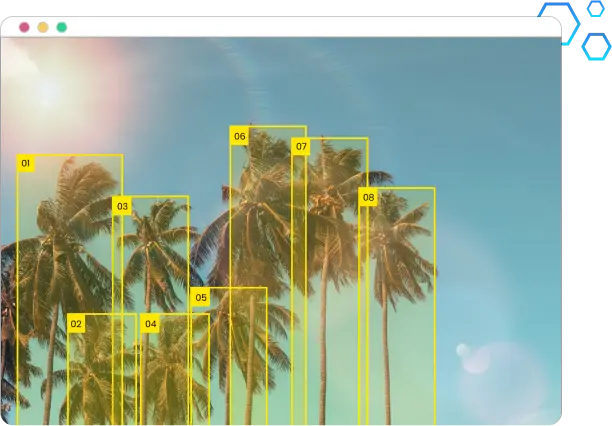


Animal detection and classification
Animal detection and classification is an important application of computer vision, which aims to automatically identify and categorize different types of animals in images or videos. This technology has numerous practical applications, such as wildlife conservation, agriculture, and animal behavior studies.
